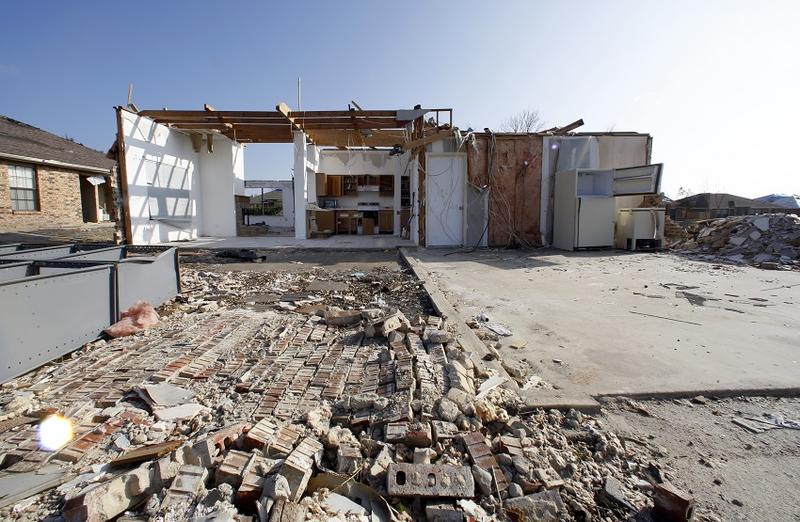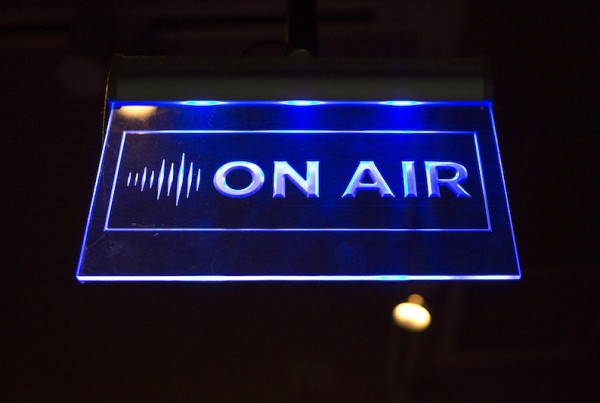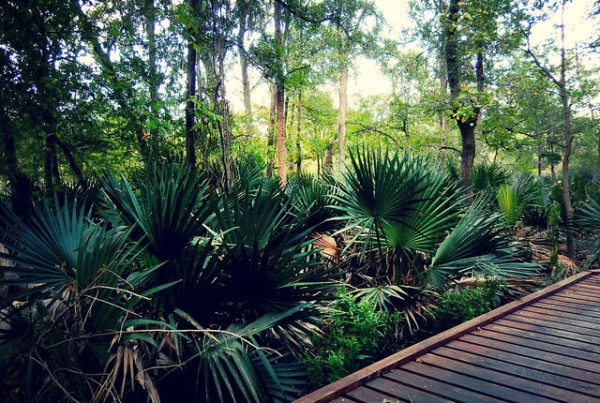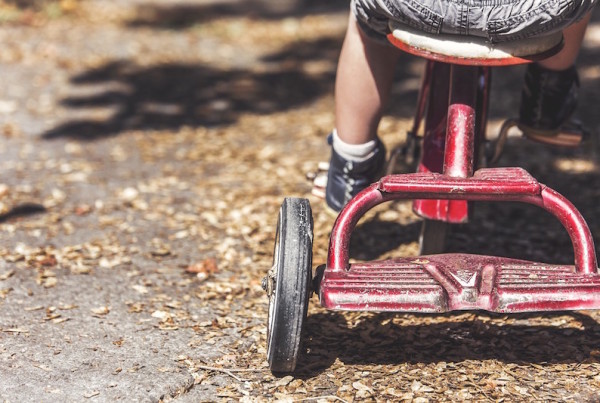This story originally appeared on KERA News.
Those first few weeks after the storm were a blur of news coverage and non-profit support. Two months later, the shelters have closed, most of the news cameras have moved on. Recovery, though, is just starting.
There’s a wild adrenaline that surges through communities after a storm. Neighbors take in friends who lost a home. Churches become donation hubs, volunteers materialize for cleanup. Social media is plastered with GoFundMe account links and damage photos. Roofers and contractors swarm the neighborhood.
It’s chaotic and for survivors, it serves as a distraction. Then, a few months pass.
“Now the adrenaline goes down in a different way. Now they look over and go, ‘well, there was a whole bunch of people here yesterday taking care of the neighborhood, but now they’re gone,’’ says Edward Smith, a chaplain with Victim Relief Ministries, a Plano non-profit that helps people all over the world cope with disaster.
‘Now I Don’t Have Anybody To Talk To’
He says the first frenzied weeks of recovery have an almost numbing effect. After that fades, the pain is raw.
“Suddenly they’re starting to feel like, ‘now I don’t have anybody to go talk to, now I’m not getting the information the way I want it,’” Smith says. “Or anger begins to build up like ‘why is my insurer not answering like this, why are my neighbors getting something ahead of me?’”
Throughout the month of March, KERA will chronicle four families on the financial edge trying to dig out from disaster. Explore One Crisis Away: Rebuilding A Life’s digital storytelling project here.














